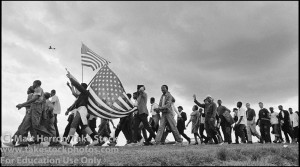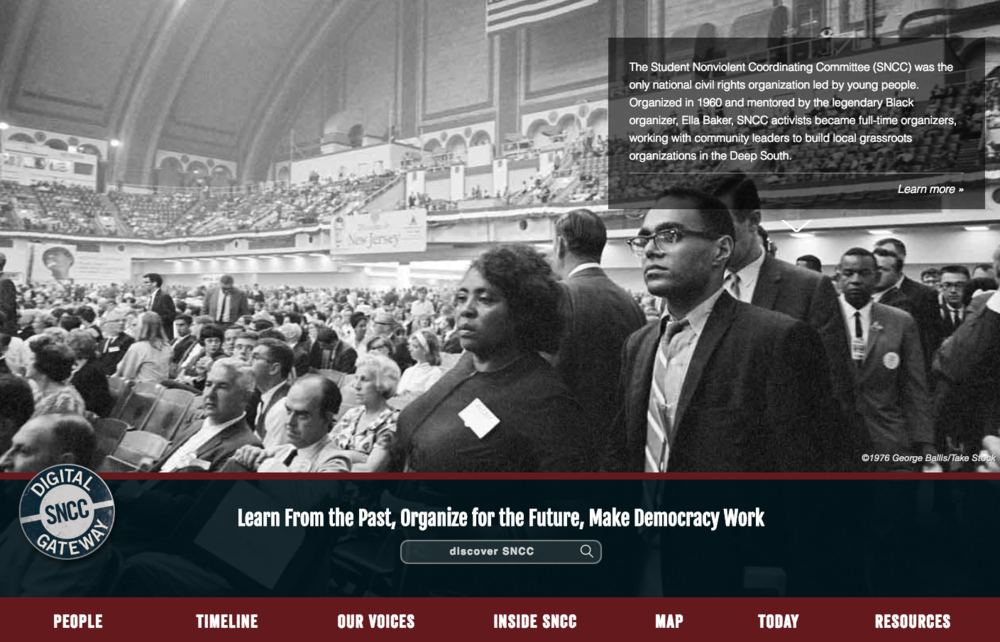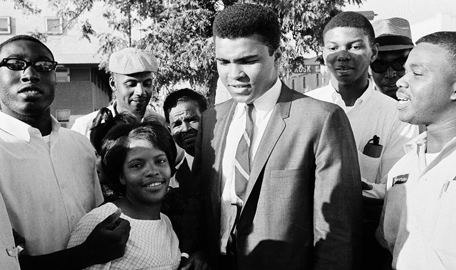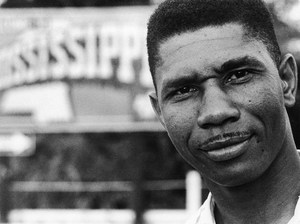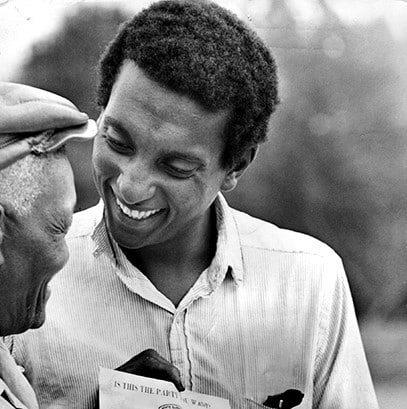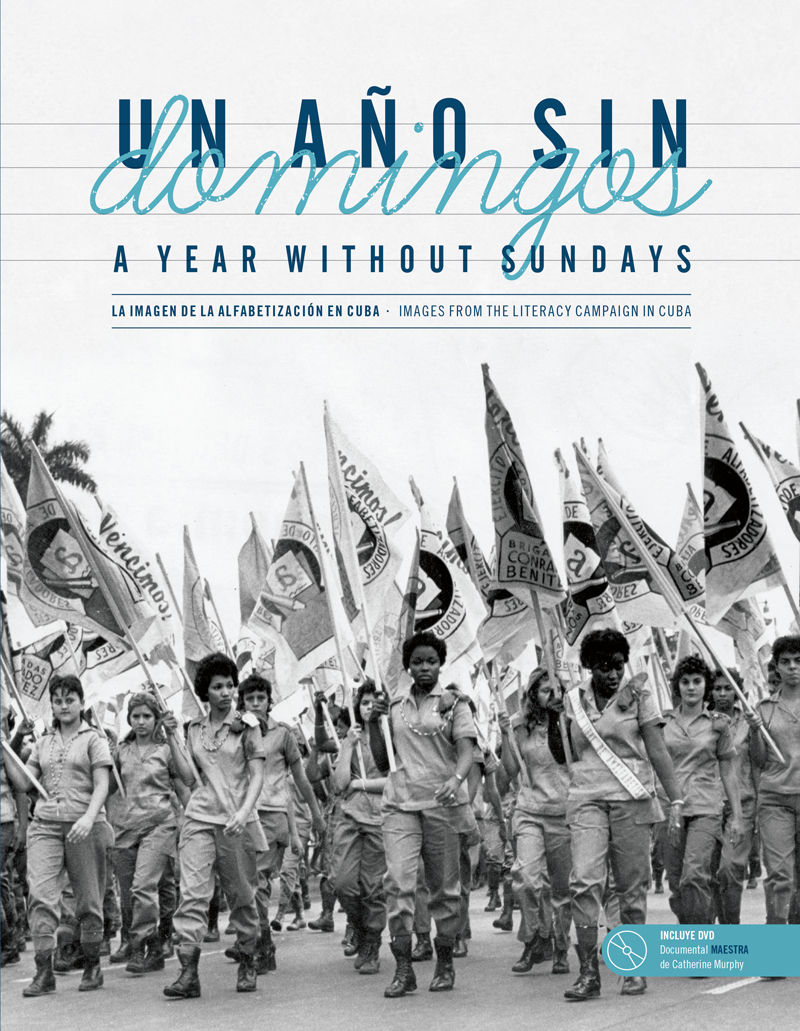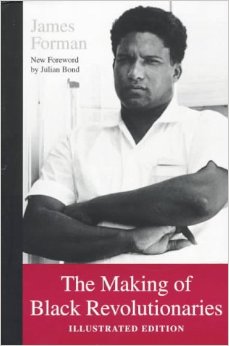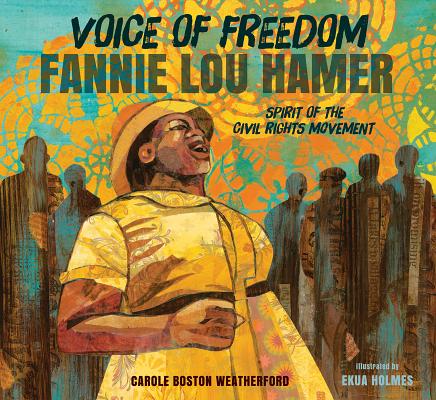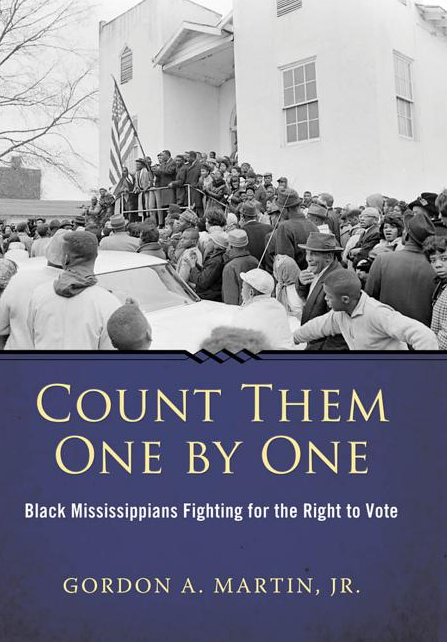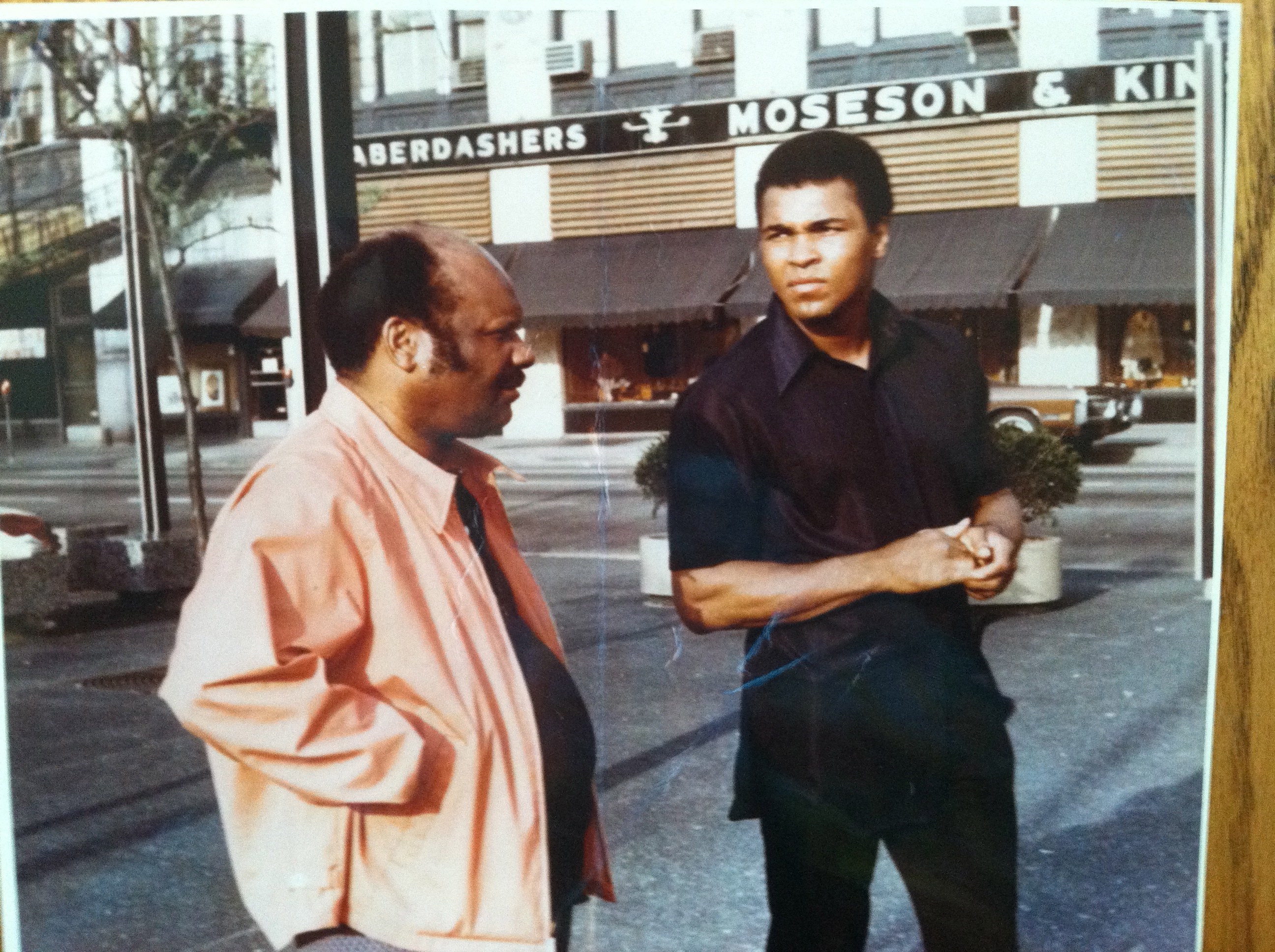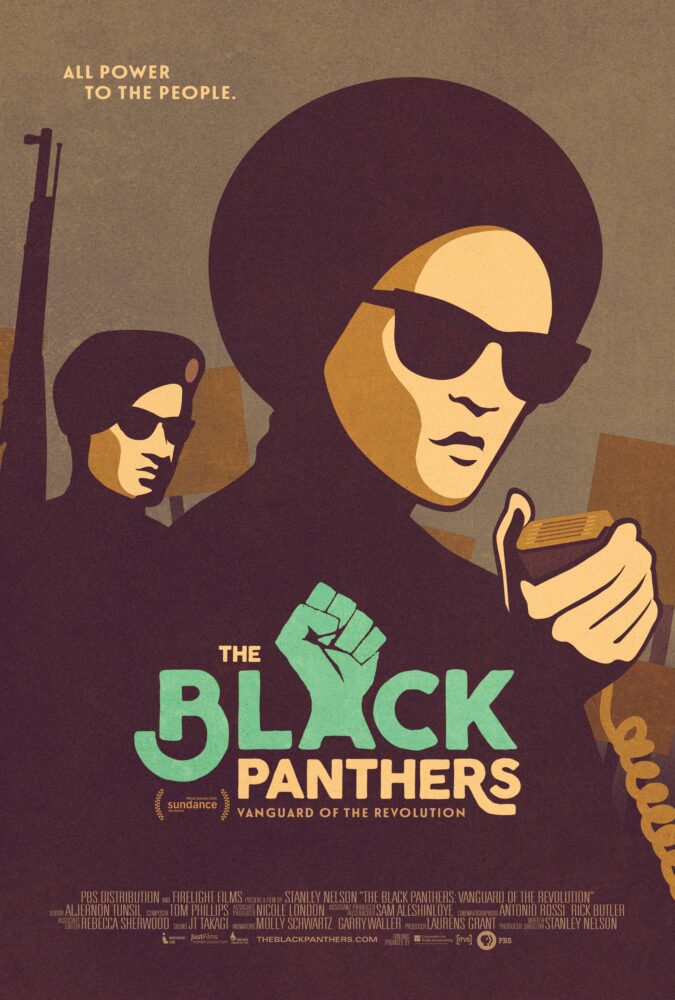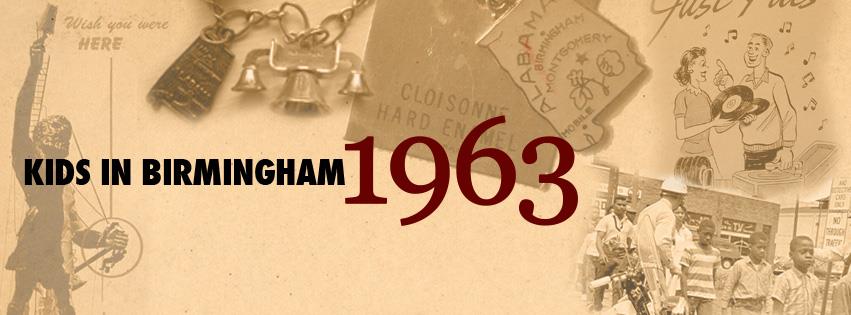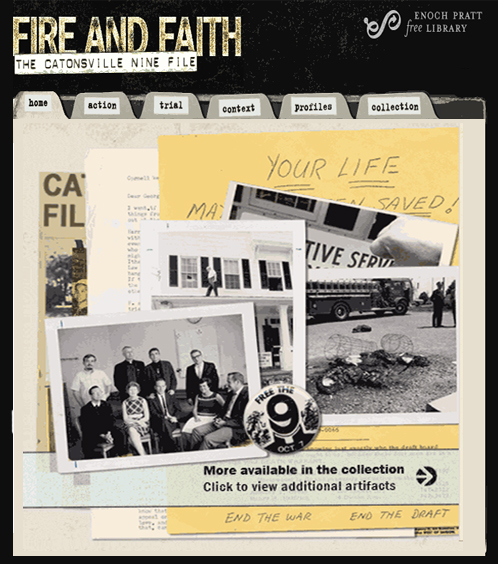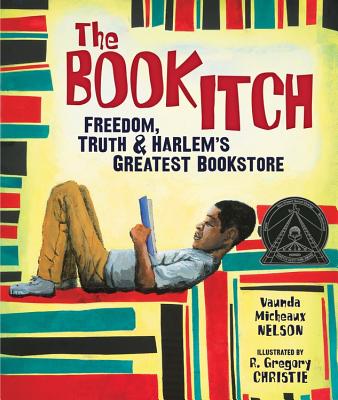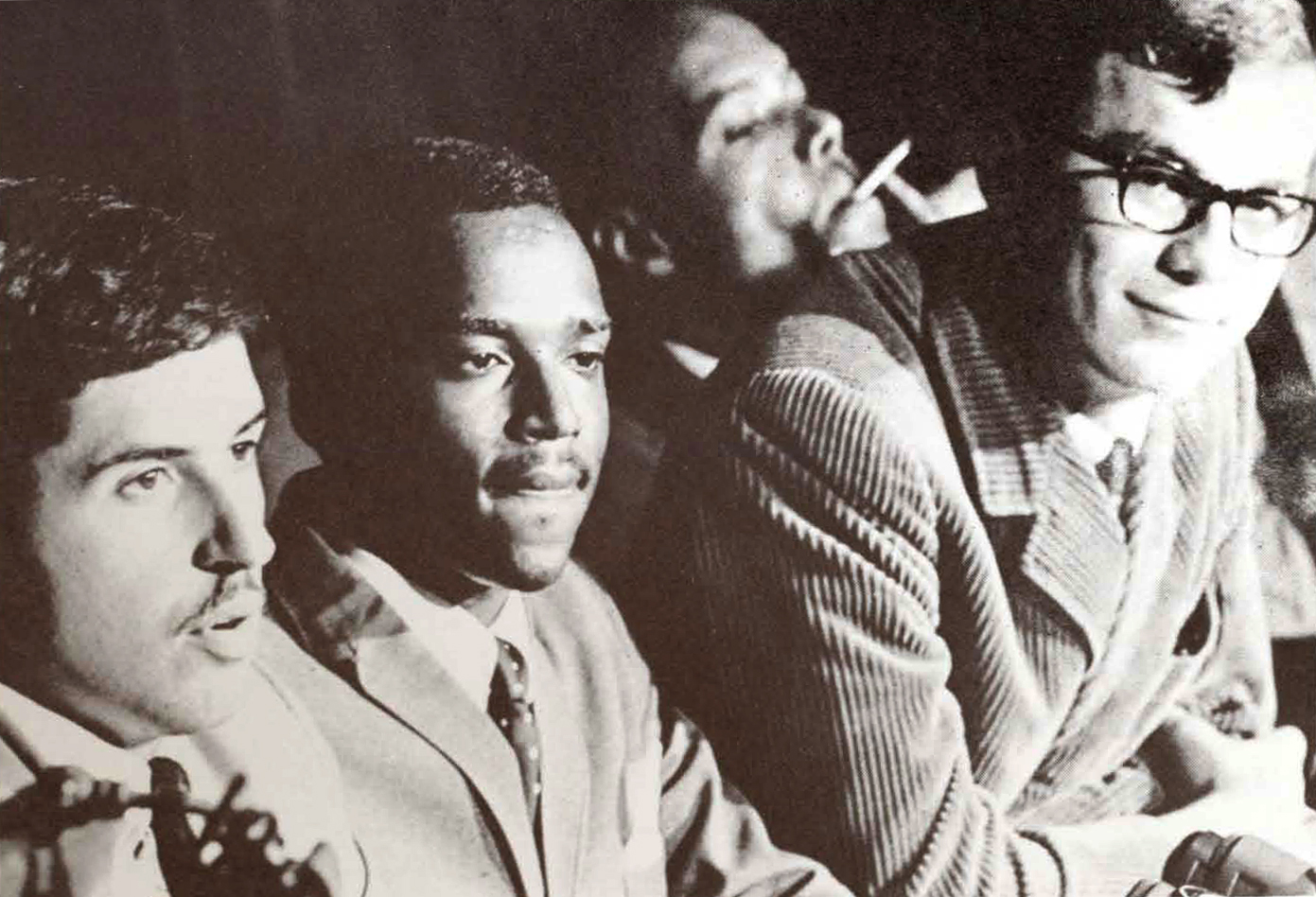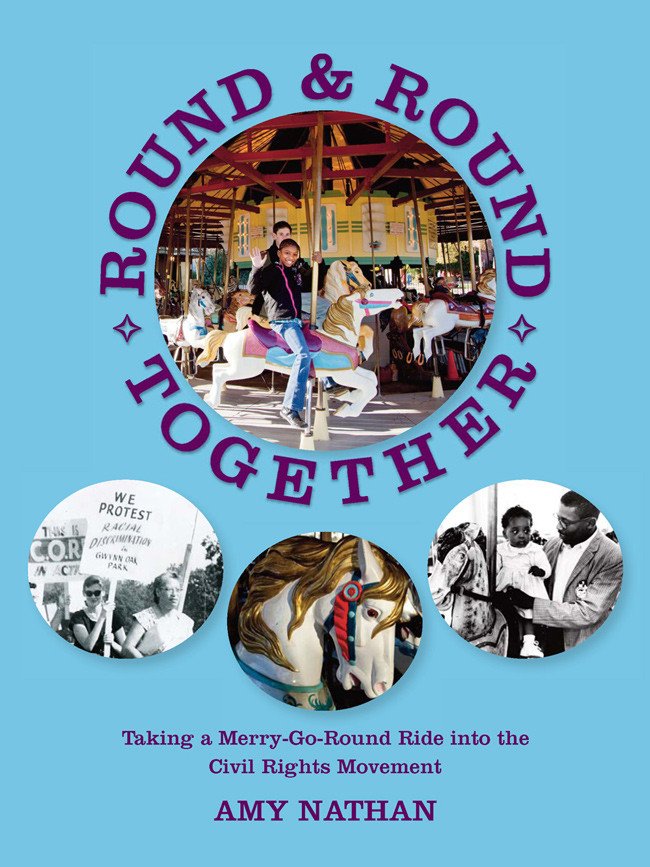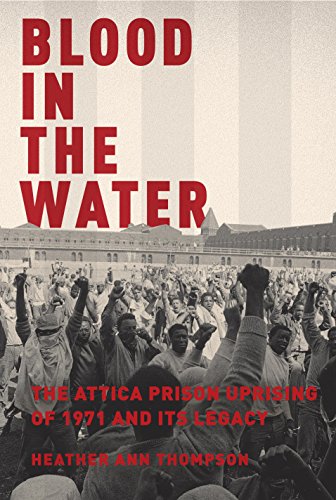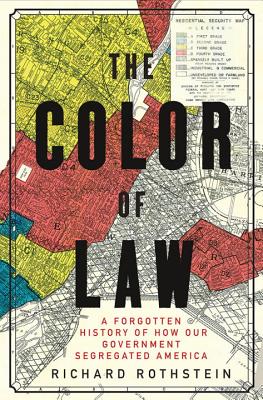Teaching Activity. Teaching for Change. 2015. 20 pages.
Introductory lesson on key people and events in the long history of the Selma freedom movement.
Continue reading
Digital collection. Historical materials, profiles, timeline, map, and stories on SNCC’s voting rights organizing.
Continue reading
Muhammad Ali was convicted for refusing induction in the U.S. armed forces.
Continue reading
Medgar Evers, WWII veteran and civil rights activist, was murdered by a white supremacist in Jackson, Mississippi.
Continue reading
Article. By Emilye Crosby and Judy Richardson. 2015.
Key points in the history of the 1965 Voting Rights Act missing from most textbooks.
Continue reading
Article. By Hasan Kwame Jeffries.
History and significance of the Lowndes County Freedom Organization.
Continue reading
Book — Non-fiction. By Catherine Murphy and Carlos Torres Cairo. 2014. 132 pages (& DVD).
Photos and stories about the highly successful Cuban literacy campaign of 1961.
Continue reading
Digital Collection. Produced by John T. Edge and the Southern Foodways Alliance; directed by Kate Medley.
Five short films that document the civil disobedience staged at segregated lunch counters in the 1950s and 60s.
Continue reading
Book — Non-fiction. By James Forman. 1997. 608 pages.
Detailed description of the Civil Rights Movement by one of the central leaders.
Teaching Activity by James Forman
Continue reading
Picture book. By Carole Boston Weatherford. Illustrated by Ekua Holmes. 2015. 45 pages.
Illustrated biography of Fannie Lou Hamer, activist for voting and economic rights from Mississippi.
Continue reading
Protesters from the Trail of Broken Treaties Caravan occupied the Bureau of Indian Affairs (BIA) offices in Washington, D.C. for six days.
Continue reading
A group of students wore black armbands to school to protest the war in Vietnam. The school board got wind of the protest and passed a preemptive ban.
Continue reading
Book — Non-fiction. By Gordon A. Martin Jr. 2014. 272 pages.
A detailed portrait of brave individuals who risked everything in their fight for the right to vote.
Continue reading
Article. By James Baldwin. October 16, 1963.
Baldwin addresses the challenges of education to prepare children to grapple with the myths and realities of U.S. history.
Continue reading
In Miami Beach, Florida, Muhammad Ali (then Cassius Marcellus Clay Jr.) won the heavyweight boxing championship title at the age of 22.
Continue reading
Film. By Stanley Nelson. 2015. 115 minutes.
Documentary on the Black Panther Party for Self Defense.
Continue reading
Digital collection. A resource for the stories of people who were children in Birmingham in 1963.
Continue reading
Digital collection. Features documents, photos, and audio and video accounts about the Catonsville Nine who burned Vietnam war draft files.
Continue reading
Picture book. By Vaunda Micheaux Nelson, Illustrated by R. Gregory Christie. 2015. 32 pages.
Tells the story of Lewis Michaux Sr.'s Harlem bookstore that was a center of African American history, scholarship, debate, and activism, for grades 2-5.
Continue reading
On June 30, 1966, dozens of people assembled in the basement auditorium of the Community Church for a big announcement. All of them gathered to hear the words of three soldiers, Privates David Samas and Dennis Mora, and Private First Class James A. Johnson. The G.I.’s convened the press conference to perform a bold act: they intended to refuse their orders to go fight.
Continue reading
Book — Non-fiction. By Amy Nathan. 2011. 250 pages.
History of the decade long struggle to desegregate the Gwynn Oak Amusement Park in Baltimore, Maryland.
Continue reading
Film clip. Voices of a People’s History.
Dramatic reading of an excerpt from an interview of Sylvia Woods (1919) by Alana Arenas.
Continue reading
Book — Non-fiction. By Heather Ann Thompson. 2016. 752 pages.
The hidden history of the infamous 1971 Attica Prison Uprising.
Continue reading
Book — Non-fiction. By Richard Rothstein. 2017. 368 pages.
A history of the laws and policy decisions passed by local, state, and federal governments that promoted racial segregation.
Continue reading
Film. By Lee Anne Bell and Markie Hancock. 2013. 45 minutes.
This DVD and discussion guide offer a powerful way to engage students, teachers, and community groups in honest dialogue about the ongoing problems of racism and what we can do to address them.
Continue reading

